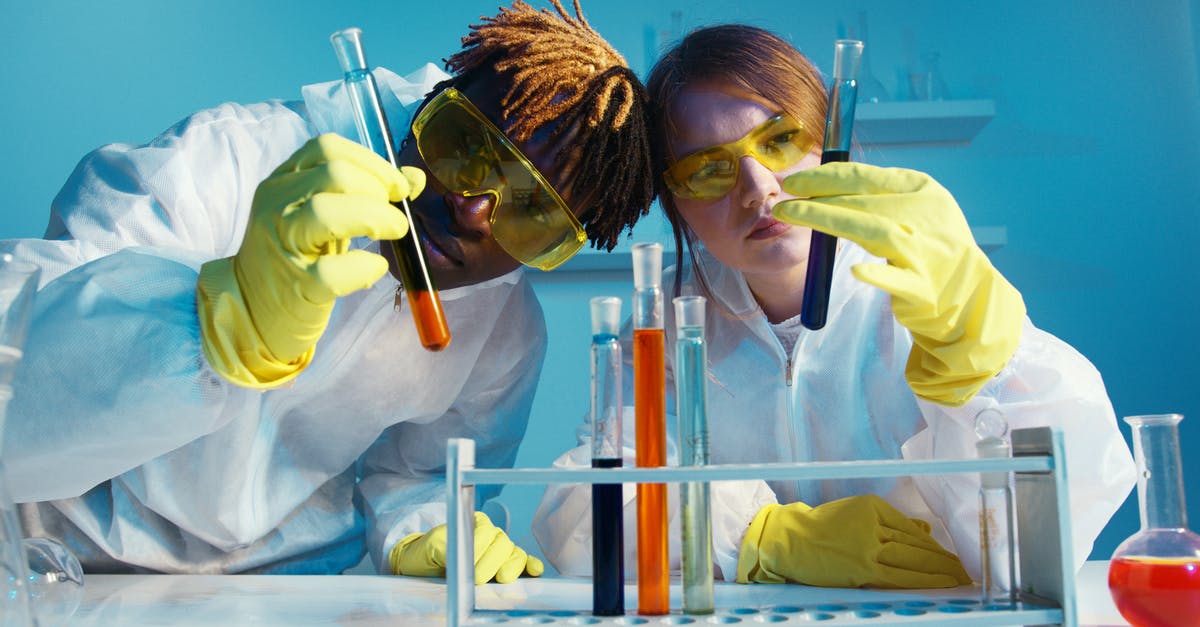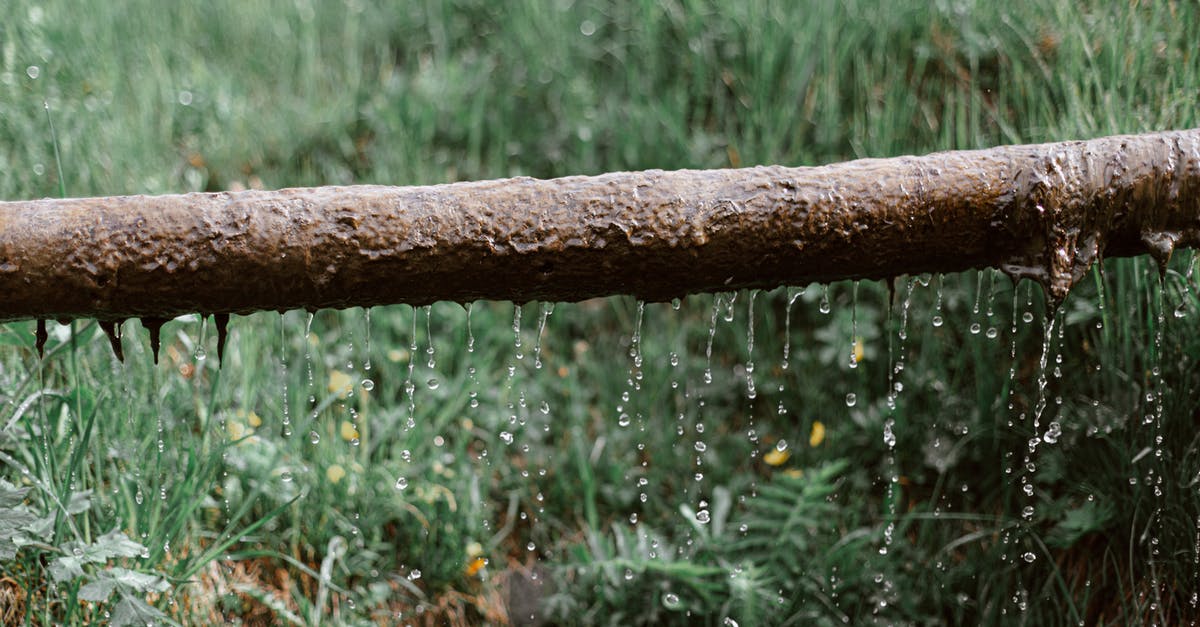Is "until juices run clear" a valid test for poultry doneness? Why or why not?

I've come across this particular recommendation many times in various recipes and cookbooks and probably even given it out myself once or twice. Poultry is sufficiently cooked when the juices run clear, not red or pink.
In recent months and years, as I've grown more interested in and knowledgeable about the science of cooking, I've learned to be skeptical of such simplistic claims. This one is repeated everywhere - even the Ontario Ministry of Health says it - but I've also run across various claims that it is dangerous advice.
What I'd like to know is this:
What does it actually mean - chemically or biologically speaking - when poultry juices run clear? Is it actually a reliable indicator that the food is safe to eat?
P.S. I am quite well aware that the way one is supposed to test for doneness is to use a thermometer and ensure that the internal temperature has reached 165° F / 74° C. I always do this, but thermometers can break, run out of battery, etc., so I think it is still helpful to know if the juice test is ever a viable alternative. But most importantly I am interested in understanding what is happening to the meat that causes the juices to change colour, and under what other conditions this can happen.
Best Answer
Chicken juices contain a soupy mix of proteins including haemoglobin (which gives blood its red colour when mixed with oxygen), and some myoglobin (which gives red meat its red colour when mixed with oxygen). Up to about 140F, they are unchanged, but heat them to between 140F and 160F and they lose their ability to bind oxygen and so their colours change. So if your juices are running clear, you know the temperature is at least higher then 140F and probably closer to 160F if they are indeed clear.
The question of what is 'doneness' is an interesting one. For most foods, doneness is a question of taste. After years of eating my chicken at 'at least 140F', I really like that taste. We usually cook foods to improve their taste, texture, nutritional value; very few foods traditionally kill or harm us if they are not cooked (cassava, certain beans are notable exceptions). Heating to 165F is recommended not for taste but to kill organisms such as salmonella - a tricky blighter that lives inside the cells of some other creatures and so can't be washed or peeled off.
I'm pretty sure that I'm the first generation cook in my family to own an instant-read probe digital food thermometer, so why is this now necessary? Well I may also be the first generation where salmonella in store-bought chicken is considered a saleable product and something to be cooked out by heat, rather than designed out by good farming and food handling practice. The 165F statement from food safety bodies was brought in to deal with such issues.
In France, there are still plenty of people who like their chicken very pink. With my own grown chickens, I will cook them till a skewer pierced into the deepest part of the thigh (but not near the bone), shows clear juices and on deep-breasted old breeds that can leave a tinge of pink towards the bottom of a (deliciously juicy) breast. I'm personally comfortable with that particular risk/reward balance.
But store-bought chicken? From an unattributed source? At $1:15/lb? Pass me the probe, please.
Pictures about "Is "until juices run clear" a valid test for poultry doneness? Why or why not?"



Is chicken done when the juices run clear?
Check the juices run clear by pulling the leg away from the body and skewering between it - juices should flow out and if any pinkness remains, cook the bird for a further 10-15 mins. The fibres of the flesh should also be opaque and cooked, and no traces of pinkness or blood should remain.How do you test the doneness of poultry?
Simply insert your food thermometer into the thickest part of the chicken (for a whole chicken, that would be the breast). You know your chicken is cooked when the thermometer reads 180\xb0F (82\xb0C) for a whole chicken, or 165\xb0F (74\xb0C) for chicken cuts.What does it mean to cook chicken until juices run clear?
Used as a test for checking when poultry is cooked - a metal skewer or fork is inserted into the thickest part of the bird or joint and if the juices that come out of the holes are clear then the bird is cooked, eg if the juices run clear, the chicken is cooked.When poultry is done cooking its juices should be what color?
And when we pierced another chicken that we'd overcooked (the breast registered 170 degrees and the thigh 180 degrees), it still oozed pink juices. Here's the scoop: The juices in a chicken are mostly water; they get their color from a molecule called myoglobin. When myoglobin is heated, it loses its color.Cooking until the juices run clear is a bad way to tell if the meat is done
More answers regarding is "until juices run clear" a valid test for poultry doneness? Why or why not?
Answer 2
Chicken is cooked when it reaches the temperature necessary to denature (break down) most proteins, which kills any salmonella or other disease-causing agents and changes the texture of the meat.
The juices that come out of meat as it cooks should be fat or water, both of which are colorless, but they could pick up color from the materials they pass through, such as the hemoglobin protein that gives muscle tissue its pink or red color. I suspect the denaturing of the proteins prevents them from leaking out, thus the juices become clear. Once the hemoglobin has been broken down, you can safely assume that the proteins that pathogens rely on to survive have been destroyed as well. So yes, the color of the juices coming from inside the meat should be a reliable indicator of doneness.
SIDEBAR: There are in fact a few bacterial spores that can survive to much higher temperatures, as can the toxic chemicals produced as a waste product of some bacteria. These are relatively rare, and can be easily avoided by eating fresh, clean food and refrigerating any leftovers promptly.
EDIT addressing @Aaronut's comment: Most bacteria that live in, on, and around plants and animals require the same fairly narrow temperature range. 165 degrees F is enough to reliably kill salmonella and just about any standard pathogen (anything that would thrive inside the human body) in a minute or so, by also denaturing many of the proteins that make up the bacteria's cell walls and internals. This site suggests that 165 F is also the temperature at which juices will run clear - so yes, if the juices are running clear, the pathogens should already be dead, and probably for the same reason.
ANOTHER SIDEBAR: In fact, poultry can be cooked at a much lower temperature if you're sufficiently careful. 40 minutes at 140 degrees is just as effective at killing salmonella. (I don't know whether this would also make the juices run clear, but I would guess so.) The catch is that in a traditional oven, there's no way to get the middle of the chicken that hot for 40 minutes without drying out the outside. Sous-vide cooking addresses this by cooking smaller pieces of food at very precise temperatures for long periods of time. The USDA publishes charts indicating how long you need to cook poultry at a given temperature to destroy bacteria at specified levels of lethality.
Answer 3
What if you overcook it and there are no juices? You'd have to leave it in the oven until it caught fire.
While this is, indeed, how my grandmother cooked poultry, I prefer a thermometer if anyone but me is eating it. (If it's just me, I actually test for doneness by pushing on the breast with my fingers. Don't recommend that method though...I cook a lot of chicken, and usually just sort of know.)
Answer 4
Hemoglobin is concentrated inside red blood cells and gives them the red colour. If the heat is high enough red and other cells, including bacteria, are destroyed. The red juices contain intact red blood cells and turn clear as the haemoglobin spills out of the destroyed cells and is diluted by the other juices. If you can destroy all red blood cells it is assumed you are also destroying the bacterial cells.
Answer 5
Hemoglobin is concentrated inside red blood cells and gives them the red colour. If the heat is high enough red and other cells, including bacteria, are destroyed. The red juices contain intact red blood cells and turn clear as the haemoglobin spills out of the destroyed cells and is diluted by the other juices. If you can destroy all red blood cells it is assumed you are also destroying the bacterial cells.
Sources: Stack Exchange - This article follows the attribution requirements of Stack Exchange and is licensed under CC BY-SA 3.0.
Images: Ann H, Tembela Bohle, Artem Podrez, eberhard grossgasteiger
